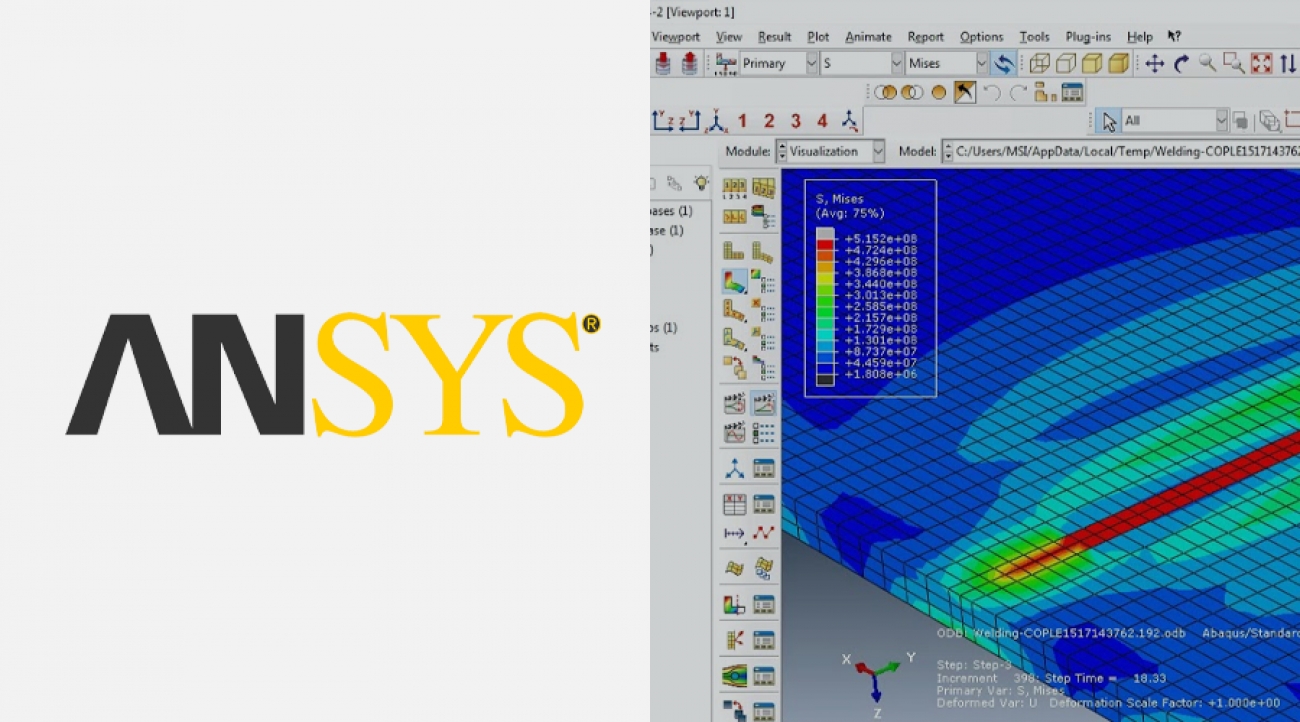analysis, and more.
The real power of an FEA or CFD package such as ANSYS is that it can solve problems that are not amenable to an analytical approach. That is, they do not have standard formulae. With the arrival of cheap utility computing in the form of the Cloud, you can push the limits of what can be modeled on the computer.
The five-day training included lectures and workshops on FEA (Finite Element Analysis) and CFD (Computational Fluid Dynamics) software capabilities. The first day was on Geometry & Meshing, where the SpaceClaim application of the Ansys software was the main focus. It started with an ANSYS Introduction, followed by a lecture on creating Geometry in SpaceClaim, Repairing Geometry in SpaceClaim, Meshing Methods, Global & Local Mesh Controls, and finally, Mesh Quality and Advanced Topics. Along with the lectures, the team followed several scenarios demonstrating the topics.
The following two days were dedicated to FEA with the Mechanical application of the software. The topics discussed were an introduction, preprocessing, Structural Analysis, Post-processing, Validation of the analysis, Mesh Control, Connections and Remote Boundary Conditions, Modal, Thermal, and Multistep Analyses, and lastly, Eigenvalue Buckling and Sub-modeling Analyses. Numerous structural analysis scenarios were demonstrated and explained to illustrate the powerful capabilities of the software in FEA.
The last two days of the training week were on the CFD side of the software with the Fluent application. The different topics discussed were Setting Up Domain, setting up Physics, Postprocessing, Solving, Turbulence, Heat Transfer, Best Practices when using the applications, and Transient Flow Modeling. The different examples solved on the software (including flow on an Airfoil, Electronics Cooling, Vortex shedding) exemplified some of the software capable of CFD.
By the end of the training week, the team had gained more experience and more confidence in using Ansys. The general knowledge earned from the lectures and the various workshops provides the basis for performing different types of analyses, such as structural analysis and different vibrations analyses of Sharjah-Sat-1, that will contribute directly to the mission's success. Such a development in the team's skills would be of great value for the current project running at the CubeSat laboratory (Sharjah-Sat-1) and the many projects to come in the future.



